Susannah Fox, former chief technology officer for the HHS, explains how technology can empower a patient-led healthcare revolution.
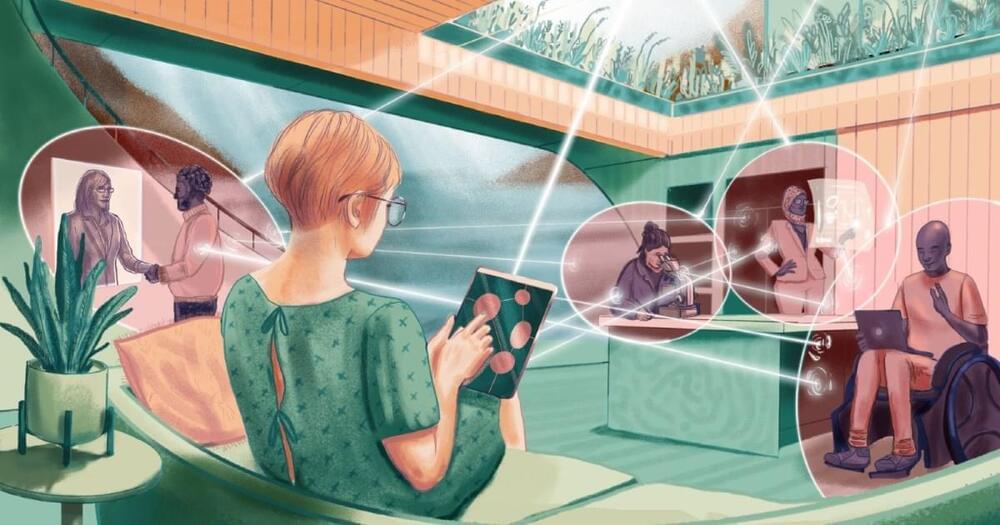

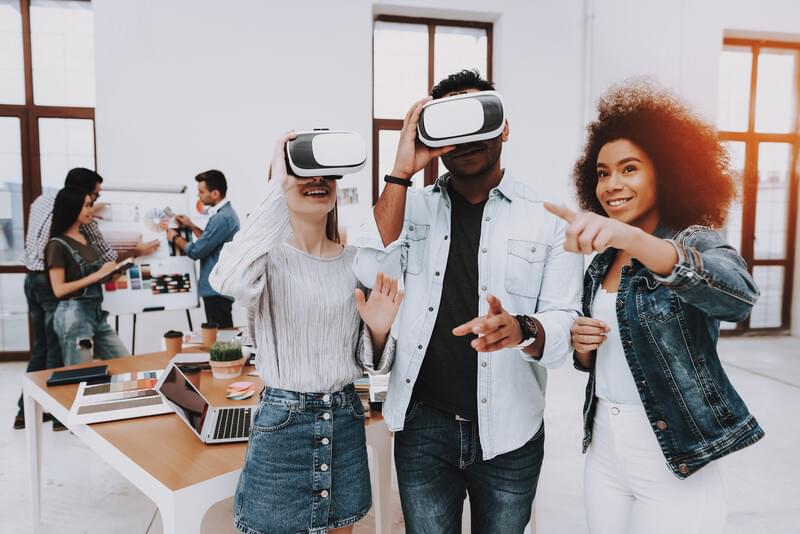
A new video from Figure 1 robot shows how close we are to creating AI-powered robots that are truly believable.


Black holes are renowned and frightening phenomena—areas characterized by infinite gravitational force, rendering escape impossible. The process of forming a black hole is relatively uncomplicated: it involves compressing a sufficient amount of mass below a specific size threshold. Once this threshold is surpassed, gravity prevails over all other forces, resulting in the creation of a black hole.
The critical threshold varies depending on the quantity of mass being condensed. For an average human, this threshold is comparable to the size of an atomic nucleus. Conversely, for the Earth, compressing its entirety into the volume of a chickpea would generate a black hole of comparable size. Similarly, for a typical star with several times the mass of the Sun, the resulting black hole would span a few miles—a dimension akin to an average city.
Interestingly, amalgamating all the matter in the universe in an attempt to create the largest possible black hole would yield a black hole roughly the size of the universe itself.
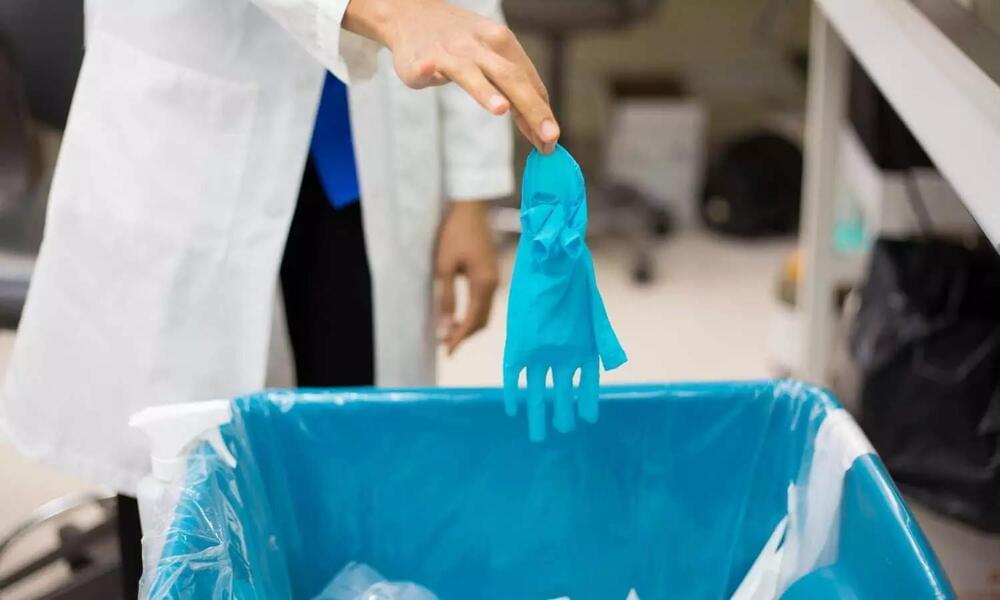
Thiruvananthapuram: CSIR-National Institute for Interdisciplinary Science and Technology (CSIR-NIIST) has pioneered a groundbreaking technology for the safe, sustainable, and cost-effective management of biomedical waste, marking a significant milestone as the first of its kind in the country.
This innovative technology was unveiled at the Biomedical Waste Management Conclave, a one-day event hosted at the CSIR-NIIST campus in the city on March 26.
According to UNI, Dr M Srinivas, Director, AIIMS New Delhi, inaugurated the meet, which was presided over by Dr N Kalaiselvi, Secretary, DSIR and Director General, CSIR, through videoconferencing.
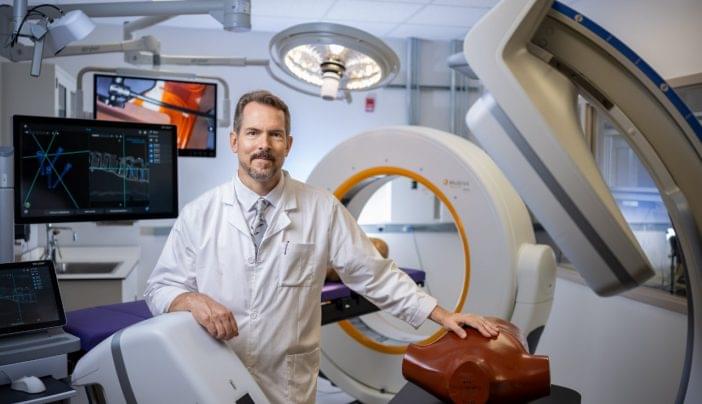

Can light be a factor in eliminating traumatic memories? Japanese scientists found that the long-term memory of flies can be affected if they are kept in the dark. This is the first discovery of the role of environmental light on such memories. The scientists hope to extend this approach to human victims of life-affecting traumas.
Events that are shocking can become a part of our long-term memory (LTM), with new proteins synthesized and the neuronal circuits in our brain becoming altered, explains the press release from researchers at the Tokyo Metropolitan University, who made the breakthrough. These memories can be hard to erase and may lead to post-traumatic stress disorder (PTSD).
Through their research, the team led by Professor Takaomi Sakai from Tokyo Metropolitan University discovered a particular molecular mechanism in Drosophilia flies that affects LTM. To find this, they set up a trauma for male flies by placing them with females who already mated. According to the courtship conditioning paradigm, in such situations mated females stress the unmated males to such an extent that they remember the experience, unwilling to ever mate with any more females – even if they were to be exposed to those that are unmated.
Learn more about the role of your stomach and learn more about the signs and symptoms of stomach cancer that you should be aware of.
The stomach is part of the body’s digestive system, located in the upper abdomen.
It acts as a temporary storage area for food before being mixed and broken down and passed through the rest of the upper gastrointestinal system.
Stomach cancer – sometimes also referred to as gastric cancer – occurs when abnormal cells in the stomach grow out of control. This may also occur in the junction where the stomach meets the oesophagus.
Unlike other cancers, there is no early detection test for stomach cancer.
The symptoms are often vague and can be similar to other medical conditions – so it’s important for you to see your GP for a review if you experience symptoms that are unusual for you or persistent.
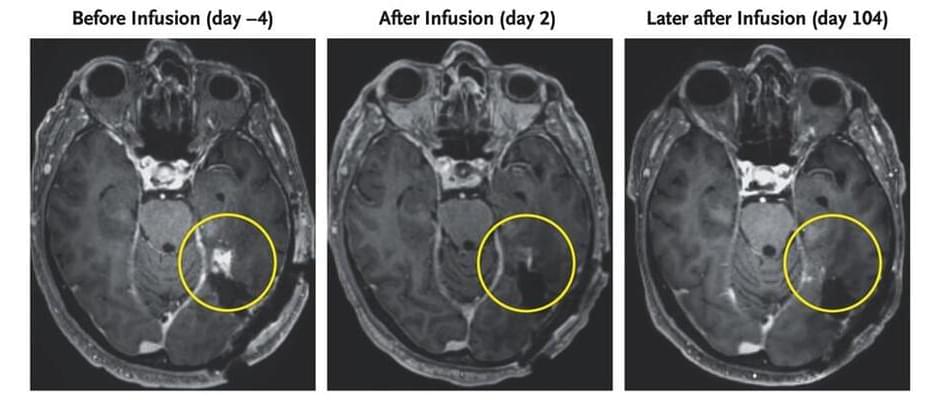
Brain scans of a 72-year-old man diagnosed with a highly aggressive form of cancer known as a glioblastoma have revealed a remarkable regression in his tumor’s size within days of receiving an infusion of an innovative new treatment.
Though the outcomes of two other participants with similar diagnoses were somewhat less positive, the case’s success still bodes well for the search for a way to effectively cure what is currently an incurable disease.
Glioblastomas are typically about as deadly as cancers can get. Emerging from supporting cells inside the central nervous system, they can rapidly develop into malignant masses that claim up to 95 percent of patient lives within five years.